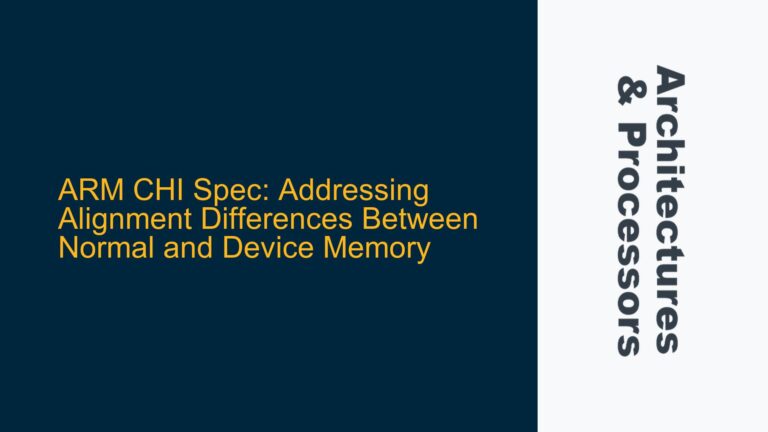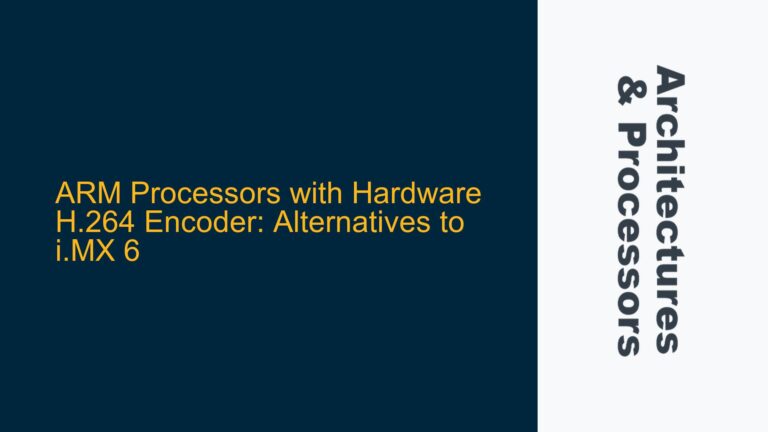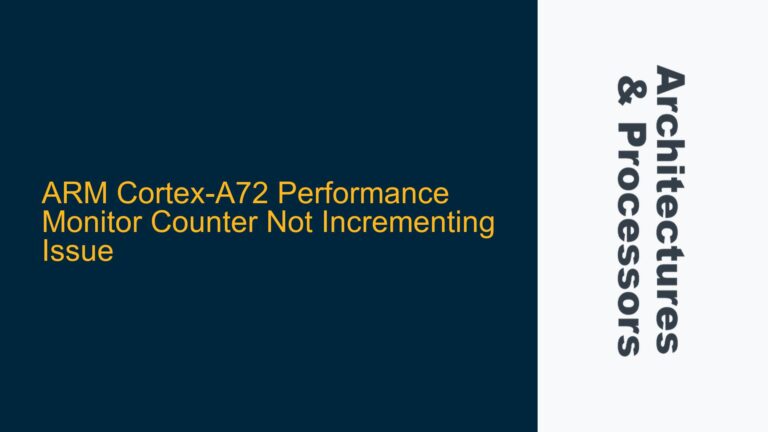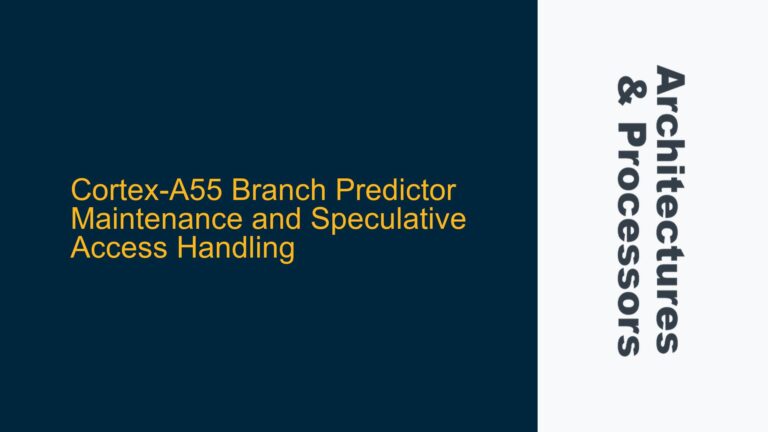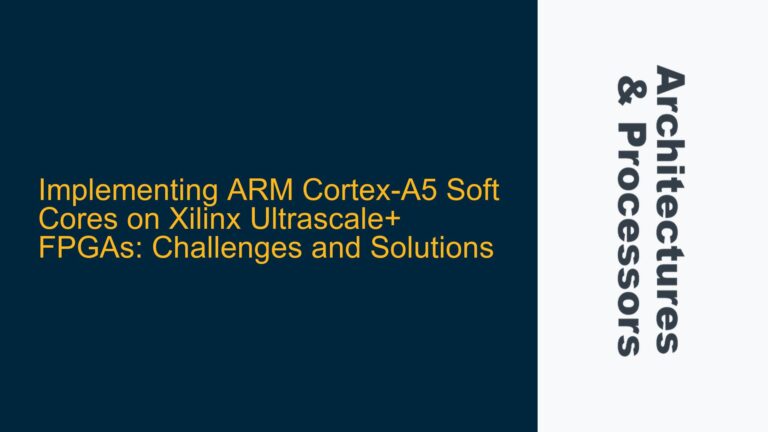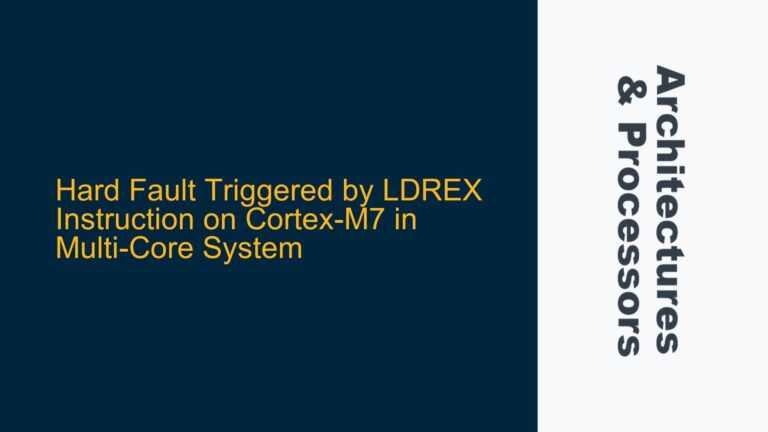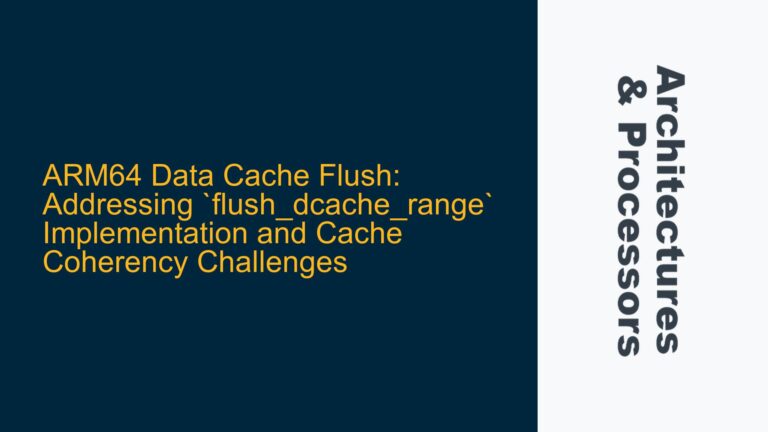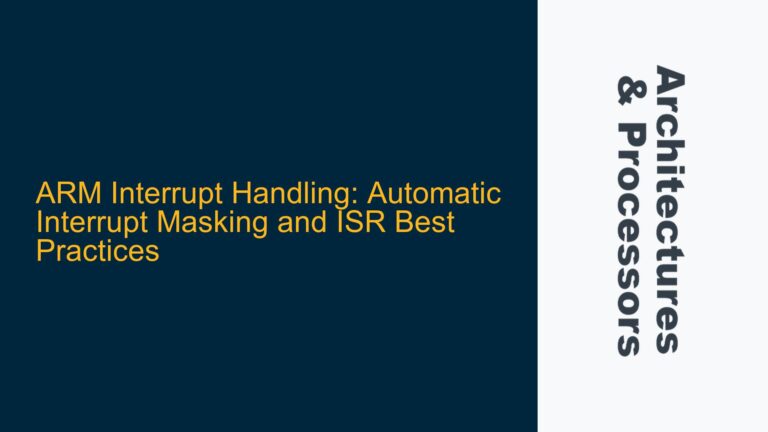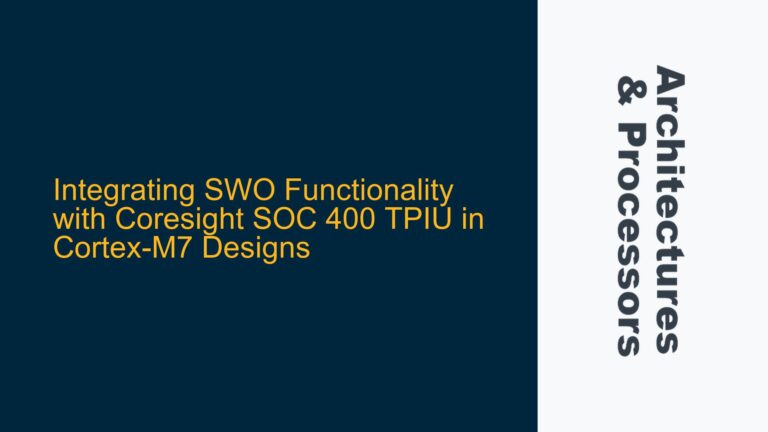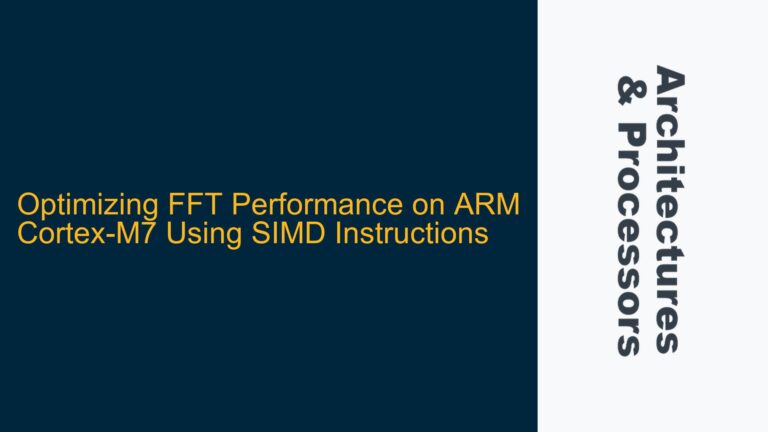ARM CHI Spec: Addressing Alignment Differences Between Normal and Device Memory
ARM CHI Spec Address Alignment Rules for Normal vs. Device Memory The ARM Coherent Hub Interface (CHI) specification defines distinct address alignment rules for normal memory and device memory. These differences arise from the inherent characteristics and usage patterns of each memory type. Normal memory, typically used for general-purpose data storage and processing, follows a…
